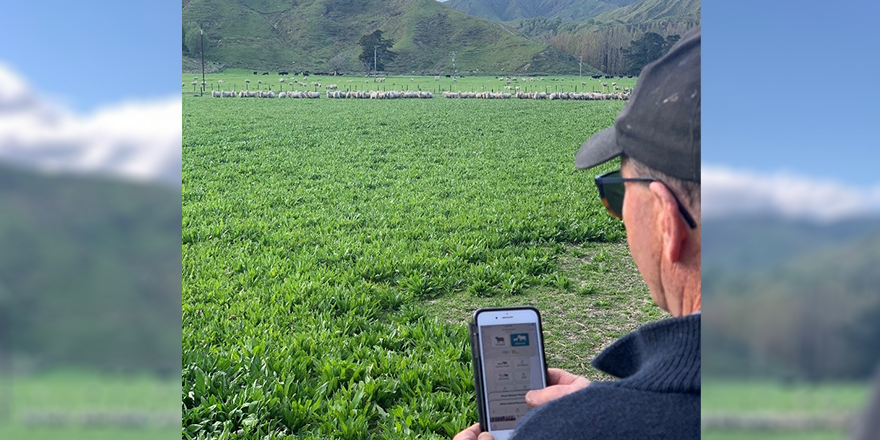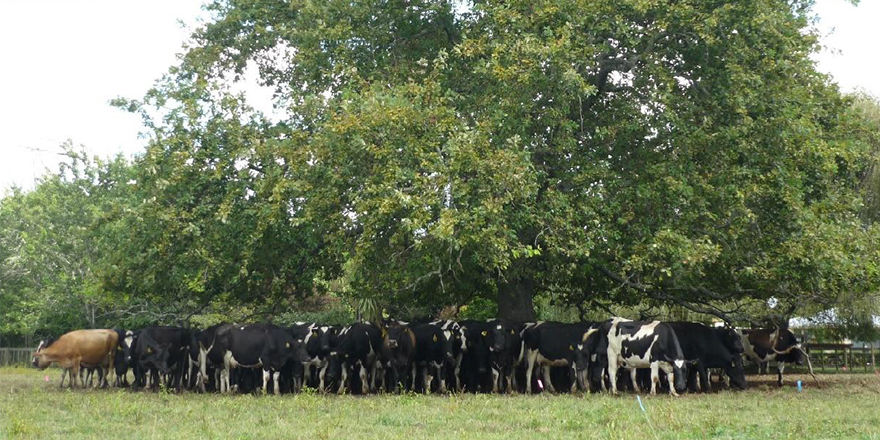
Executive Summary
This report investigates whether the dairy industry has an issue with labour transience and what it truly cost a business to lose and retrain a new employee. I needed to firstly find out If, when, where and how transience has become a problem in the dairy industry. Then what it truly cost a dairy farm to lose and replace an employee. Finally, I investigated the reasons people were leaving a job and was it preventable.
There were two parts to this research project 1) a literature review and 2) a survey of 23 dairy farmers to see what they thought about the cost of transience in the dairy industry.
The key findings of the literature review were:
- New Zealand dairy farms have changed drastically throughout the last 29 years in size. They have increased in average area from 220ha to 372ha,herd size has over doubled from 170 cows to 440 cows, and production has increased from 250kgms/cow to 385kgms/cow. Resulting in more labour being required on farm.
- The dairy industry has similar transience to all other industries in New Zealand. This means that transience is a big issue for the whole of New Zealand not just the dairy industry.
- 21% of a dairy farms budget is from labour costs.
- The average dairy business has quintupled its farm debt in the last 28 years.
- Dairy farmers are working 11 hours/week longer on average than the country’s 2.7 million people work force.
- It takes a lot of time and effort to replace an employee.
- Inducting an employee is costly and time consuming. It takes up to 2 years to fully induct an employee to the same as where the previous person employed was, depending on the level of experience of the position. Costs involved are not only the cost of off farm training such as ITO, but also the cost of time taken from other employees/manager/owner’s day, to train/oversee the inductee until they are competent at the tasks at hand.
- It varies on how much it costs to lose an employee depending on experience lost. 30% – 200%. There is big difference in losing an assistant position to losing a second in charge or manager. A more senior role can more easily fill in for an assistant role as they already know the job. But an assistant cannot help with 2ic role, because they have not learnt the knowledge of things like farm walks, feed budgeting etc.
- Working on a baseline of the cost of transience. You are looking at least 30% of the persons annual salary cost to your business for one person’s turnover.
- Not all the cost of transience is monetary. Working longer hours, the stress of filling the skill gap lost, loss of sleep worrying how to get through until a new team member can be found and trained. These do not cost the business directly monetarily, but they are very costly to the rest of a team, family and individual.
- 7 out of 10 reasons people leaving a job could have been prevented. They are:
- Career development – this has been the number one category for 10 straight years. Employees who are satisfied with their development are likely to stay.
- Work-life balance – this was up 23% since 2013. Flexibility of the job, long shifts, and suitability of hours
- Manager behaviour – General behaviour and communication have each increased (gotten worse) in the last year.
- Job characteristics – this was the number one rising category of turnover, up 117% since 2013.
- Well-being – to promote work-life balance consider flexitime and telecommuting, assistance with childcare/eldercare, financial counselling, and flexible leave options.
- Compensation and benefits – many think compensation is the reason for turnover. Sometimes it is and sometimes it is not. Find out the real reasons for turnover in your organisation.
- Work environment – applicant selection assessments and interviewing must include person-environment and person-culture fit as company culture becomes increasingly important.
- Preventable reasons for turnover equate to 78% of our transience if we could solve this it would change our turnover rates from 24.5% down to 5.5%. This would be an astonishing change to our businesses.
The key findings from the survey were:
- 96% of dairy farmers surveyed agree transience is a cost and there is a problem.
- 70% surveyed believe it costs their business up to $20,000 to replace a staff member. Reasons stated were from loss of productivity, induction, and training costs to get the new employee up to the same level, advertising costs and the loss of time, selection and interviewing of potential candidates.
- It takes a lot of time and effort to replace an employee.
- That the respondents thought most of the costs for employing a new employee was in induction and training costs.
- 5% of the respondents thought it takes at least a couple of months to induct a new employee.
- There was no clear trend for transience from respondents.
- 95% of the respondents indicated that they worked over 40 hours per week.
- The reasons for people leaving a job were Lack of support, long hours, pay not good enough and management not treating them well.
- There were three main themes for why people stayed on farm they were good culture, Good employer, progression, fair remuneration package.
- The results from the survey did not vary to much from the position held. Be it owner, manager, share-milker, or employee.
The main conclusions of this research project were:
- Transience has become worse because the dynamics of dairy farms have changed drastically throughout the years, with increased farm size, resulting in the need for more labour on the farm.
- Dairy farm turnover rates on average are relativity the same as the national average.
- That transience is costing a considerable amount both in the way of money and stress, fatigue and over work to a dairy farm business.
- Three quarters of transience can be prevented. Which would result in considerable savings to a business turning over employees.
Recommendations:
Turning over employees is costing dairy farming business and most of the reasons they are leaving are preventable. To capture the benefits of retention each farm needs to understand why people are leaving their farming business. Each farm needs to analyse the environment they provide for their people. Is the farm inclusive, asking their people what they want in the workplace and driving it from their needs and wants?
Next steps for the dairy farm employer:
- Become clear why your people are leaving – remember that on an exit interview they may not give you a clear explanation.
- Become clear on why your people are staying – what are some strengths?
- Identify what you are doing to prevent people from leaving your business – ask yourself would you like the same working environment?
- Look at the history of employment on farm, is there a pattern? Could some turnovers have been prevented? Was this in your control to prevent?
Next steps for industry:
- Identify good employers in industry who have a high retention rate and showcase these.
- What are they actively doing to prevent turnover? Can strategies be created and adopted?
- Focus on the intangible as well as tangible drivers – people are human beings not doings.
- Commitment five is far reaching and will need engagement at all levels to become real. It will only be driven by those employers who see the benefit in looking deeper into their own behaviour and environment they provide on farm.




